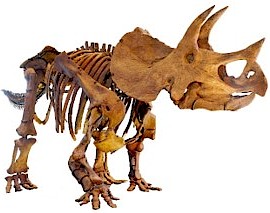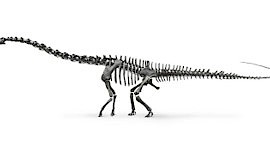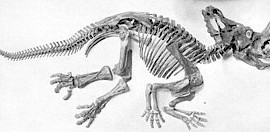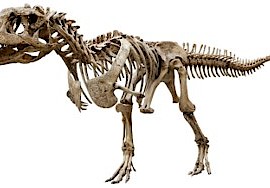The Triceratops (Tri-Sera-tops) “Three horn face”
The Triceratops is a quadrupedal herbivore that lived during the late Cretaceous period—or about 68 million years ago. This dinosaur was first discovered near Denver, Colorado in 1887. When it was first discovered it was believed to have been an unusual type of bison. However, it was discovered rather quickly that this wasn’t just an unusual form of bison but was actually a dinosaur. Since then, Triceratops specimens have been found all over North America. The name of this dinosaur translates into “3 horned face” from the Greek “Tri” meaning three and the word “keratops” meaning face.


![Stegosaurus [Steg-a-saur-us] “The Armoured Giant”](/site/assets/files/1854/stegosaurus.270x245.jpg)







